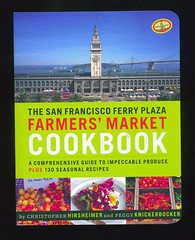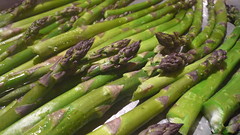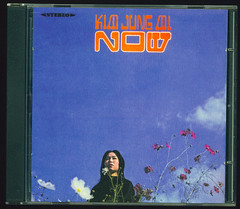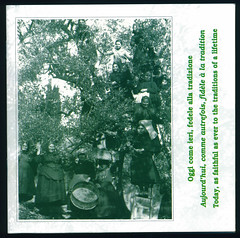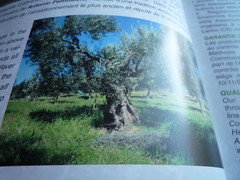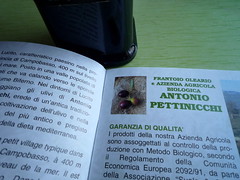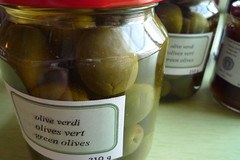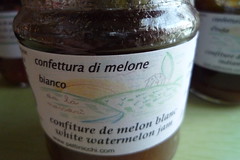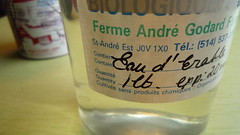Good Deeds Done Dirt-Cheap
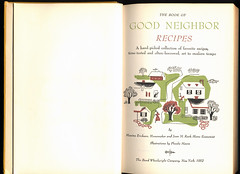 fig. a: howdy, neighbor!
fig. a: howdy, neighbor!
"You do one good deed for someone... I imagine it's habit-forming.
--Ben Wade, 3:10 To Yuma
All you hardened cynics out there are going to laugh, but, sometimes, when I imagine the world around me, it looks something like it does in the picture above. The trees are tall, the houses are modest but well-kept, you can smell the scent of home-baking wafting down the street, and neighbors (all of them of the good variety) call out to one another. There's a certain karma to this world. Just as the good neighbors greet each other on the street, good deeds are met by others.
The real world is a little more complicated, of course. In fact, I bought The Book of Good Neighbor Recipes a few years ago, thinking it might contain some ideas for the next time I got invited to a barn-raising. The book starts out on a promising note, with a wistful account of things "As They Were" in Texarkana, TX, of "floating island and fruit cake" and hunting trips that "netted bushels and bushels of giant pecans, black walnuts, [and] hickory nuts." But the lustre wore off quickly. The book turned out to be an elaborate advertisement for Ac´cent seasoning:
Some of our readers may be learning about Ac´cent for the first time in this book, so a few words of explanation are in order.
Ac´cent is the pure crystalline form of monosodium glutamate. Derived solely from vegetable protein sources, its distinctive and unique property is to bring out and strengthn the natural flavors in food without adding any flavor, color, or aroma of its own. It is a basic seasoning to be used along with salt and pepper...
I guess that's where the "modern tempo" in the book's subtitle fits in.
Anyway, the problem with the Leave it to Beaver-ish world you see above isn't just that you can't see what's in the cupboards of those lovely bungalows, it's also that you can't see what's outside the frame. Sure, there's a nice park and a fire station, a town hall and a library, but, like I said, it's a little more complicated than that.
A couple of weeks ago, my beloved ten-speed bicycle was accosted by thieves in the night. Thankfully, they didn't succeed in making off with it, but they plum near broke my poor bike trying. The lock was twisted and bent into a pretzel, and my forks and my front wheel were not that much better off. The lock was so mangled I couldn't even get my bike undone in order to take it to the shop. What to do?
 fig. b: some girls have all the luck
fig. b: some girls have all the luckWell, that's where the firemen you see in the picture above came in.
We happen to have a fire station just around the corner from AEB HQ in a queer old building that used to triple as the local town hall and library. So I dropped by to ask the firemen for their advice. They didn't even blink. They just asked me for my address and said they'd meet me there in two minutes. I ran home and, true to their word, a fire truck pulled up outside of my house literally two minutes later. Five (!) firemen got off the truck, rolled up their sleeves, and promptly got to work. Using some heavy-duty tools and a little elbow grease, they freed my bike within about another minute or so, wished me luck with the repairs, and were on their way. Now that's what I call neighbourly.
In order to thank them and spread the love, I dropped by the next day with a pitcher of lemonade, and some special-edition chocolate chip cookies to go with it.
fire house cookies (makes about 4 dozen cookies)
2 sticks unsalted butter
3/4 cup light brown sugar
1/4 cup dark brown sugar
3/4 cup white sugar
1 tsp. vanilla
2 Tbsp. water
1 egg
2 cups flour
1 tsp. salt
1 tsp. baking soda
1 cup semi-sweet chocolate chips
1/2 cup pralined almonds, chopped (recipe follows)
Preheat the oven to 375°F. Mix together the flour, salt, and baking soda. Set aside. In a mixer, cream the butter with the sugars and beat until fluffy. Add the vanilla, water and egg, beat to combine, then add the flour mixture. Mix well, and stir in the chocolate chips and almonds. Drop rounded teaspoons onto a parchment-lined cookie sheet and bake for 8-10 min. Cool on a rack and serve with milk or lemonade.
pralined almonds
1 cup almonds, toasted
3/4 cup sugar
water to moisten the sugar
Line a cookie sheet with a piece of parchment paper. Place the sugar and water in a heavy saucepan and bring to a boil. Watch the syrup carefully and stir occasionally with a heat-proof spatula. Allow the syrup to begin to colour, aiming for a medium golden caramel. Quickly add the almonds, stir minimally and pour out onto the paper-lined sheet. Careful, it's really hot. Flatten the almonds with your spatula so they are evenly distributed and let cool. Break into pieces and store in an airtight container. Use in the above-mentioned cookies, or sprinkle on ice cream.
Instant karma.
m
